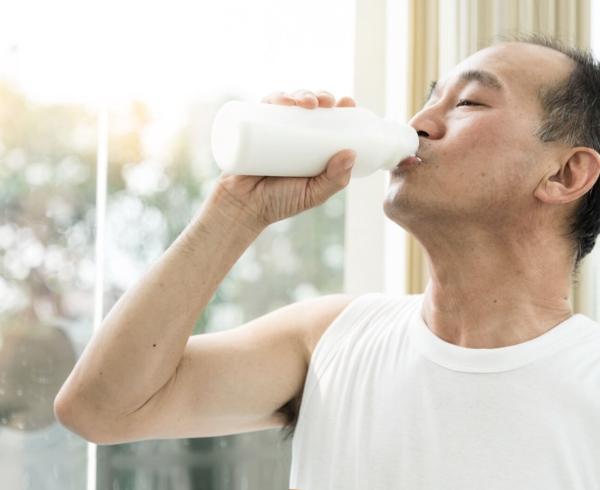High Protein Is Trending in Functional Beverages
High protein claims are capturing today’s market, expanding well beyond the traditional realm. New product launches of nutritional drinks with high protein or added protein claims have grown at a 3.5% CAGR in the past four years, with 24% of these launches in South Korea and 20% in Japan.6 China is currently not yet a highly penetrated market for protein drinks but has huge potential for growth, with Chinese consumers showing a strong interest in these beverages.
One recent study shows that Chinese active lifestyle consumers would prefer to get their protein from a ready-to-drink beverage than from a protein bar, snack, powder, or whole food.7 On average, the consumers in the study said protein is “important” to their diet.8 Across Asia, consumers rate beverages with added protein, such as protein water and protein shakes, as healthier than other beverages, such as energy drinks and soft drinks.9
Protein Beverages Address Many Different Needs
Today, protein functional beverages are not only consumed to support exercise. Consumers use protein ready-to-drink beverages to meet many different needs: for example, for energy and nutrition, to take a mental break for stress relief, or to have a healthy treat.
For consumers who drink protein ready-to-drink beverages regularly, the main reasons are:10
- To get the right balance of nutrients / nutrition for the day
- To build muscle, recover, or get the most from a workout
- To improve my sports performance
- For energy to refocus or refuel for the day
However, for consumers who drink them sometimes, the top reasons are:11
- As a better for you treat or reward
- To get the right balance of nutrients / nutrition for the day
- For morning energy and nutrition to fuel the day
- To provide a mental break to relieve or reduce stress
Consumption Occasions for Protein Beverages Are Expanding
As consumers drink protein beverages to address more of their needs, the consumption occasions are expanding. In the past, Asian consumers mainly drank protein beverages before or after exercising. Now, they also consume protein beverages to replace a meal (especially breakfast) and during outdoor leisure activities, such as cycling and walking with family or friends.12





